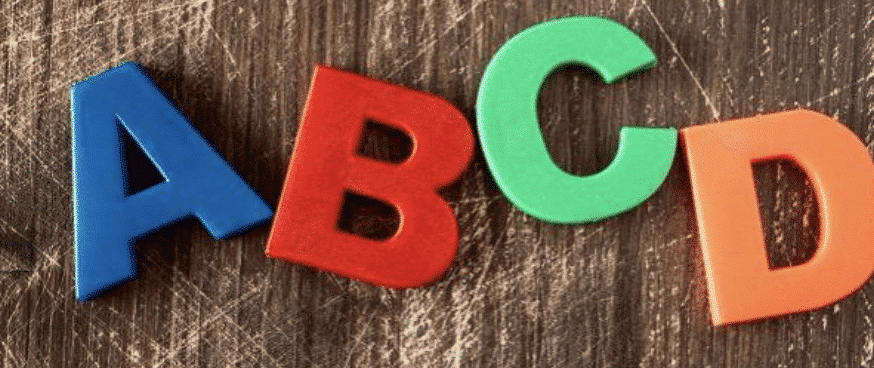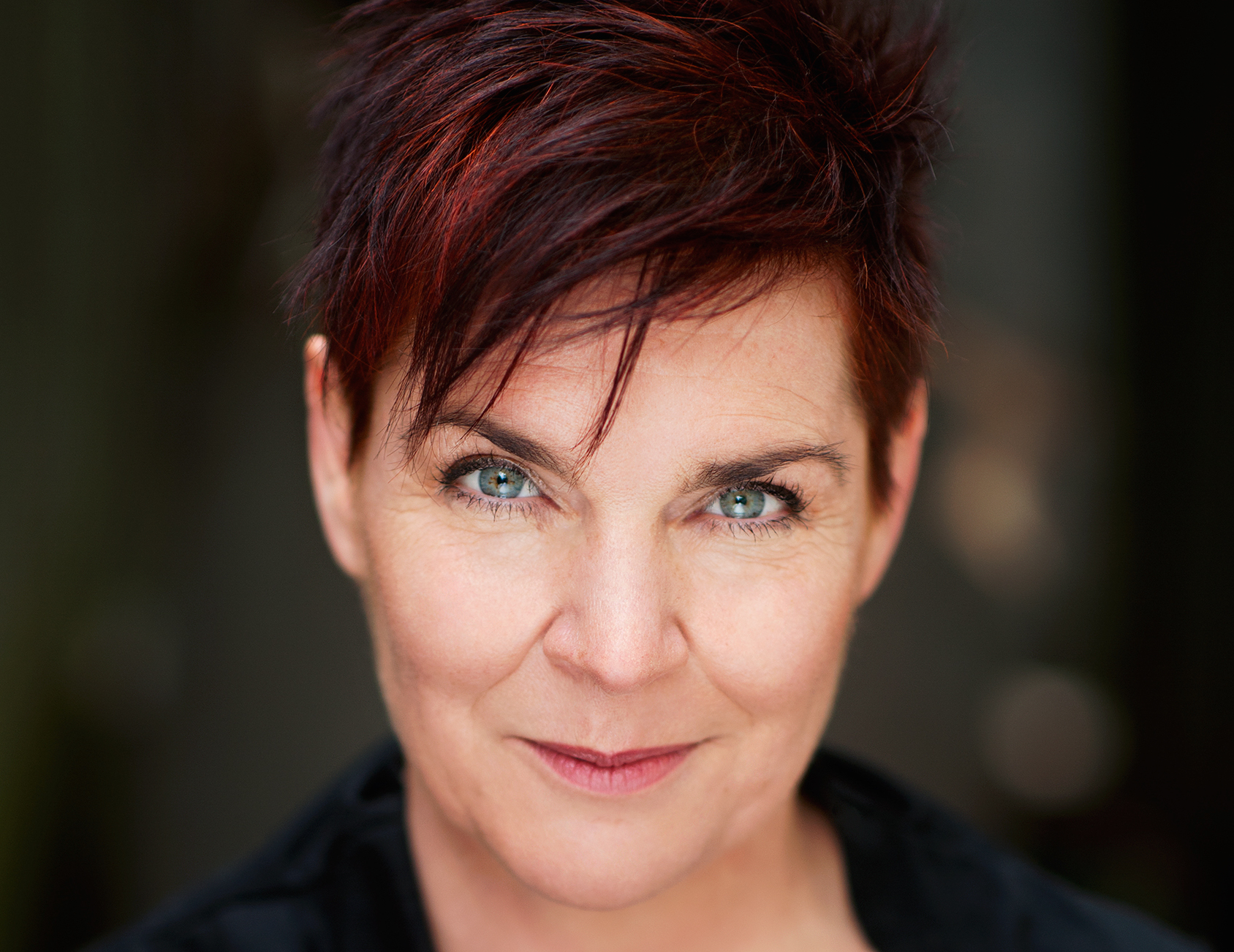
Years ago, I remember my child coming home from kindy so excited to be learning the alphabet. Within weeks the joy of reading had begun. I wondered how this learning process could be so fast and so complete. Were the teachers that good? Well, the teachers were fine but that wasn’t it, it was the process they employed that worked so efficiently. Teachers asked the kids to not only learn the name of the letter but simultaneously asked the kids to make its sound as well as physically make a corresponding action. At the time I was non-plussed. Could they make it any more difficult for our children? Surely that song “ABCD…” that I’d been taught when I was little was enough! Yet, their speed of learning and understanding of reading was astounding.
I was reminded of this when teaching the system of Reiki recently and contemplating the learning process that we undertake to become practitioners. There are five main elements to the system of Reiki: hands-on healing, reiju, symbols and mantras, meditations and the precepts. In class, I explain that these first 4 elements are there to support us BEing the precepts. But wouldn’t it be easier to just BE the precepts rather than having to go and learn all these other elements? Wouldn’t you think that if we intellectually understand something we can then go and simply do it? The obstacle here is the focus on “thinking”. It’s just one aspect of being human and on its own it loses the potential that a true balanced experience can offer us.
So, how then do these elements actually work?
Hands-on healing and reiju both utilise physical ritual to remember that we are earth energy and the reality of being human. We are physical beings, by remembering this we begin the process of true interconnectedness. We know that when we practice these rituals we are consciously moving into a healing space together and if we know that we are open to healing, our intent and the potency of the mind is triggered. Then, together, we breathe into that space, and everything is One.
Working with the symbols and mantras we can draw the symbol in our mind, understand its meaning and chant the mantra all at once. This threefold method contains the physical movement of body, the cognitive understanding of the mind, and the use of breath to breathe life into the mantra.
The foundation meditations in the system of Reiki, such as joshin kokyu ho, give us the body’s responsibility to recognise the hara in our deep belly, the mental task and visualisation to focus on the repetitive action that is the life-force of breath moving into and out of the body.
Each of these four elements of the system use three methods to create a complete practice. We work with our physical body expressing the imperfect perfection of being human. We work with the mind to ultimately bring our awareness into every moment of our lives. We breathe into and out of our universe actualising pure connectivity. Together these methods create a learning that is whole and, in their most fundamental sense, they are known in Japan as san mitsu: the balance of Earth, Heaven and Heart (body, mind and breath) with the universe and within ourselves.
And so, this takes me back to those children working with their minds, their bodies and their breath who don’t just learn but completely experience the bedrock of reading.
Using san mitsu within the system of Reiki we allow the presence of Earth, Heaven and Heart in our learning to reward us with a direct experience of the Reiki precepts. I am not meaning just any experience, but a direct experience—a complete learning experience—of what it means to be Reiki.
Based in Australia, Bronwen Logan (Stiene) teaches the system of Reiki is co-founder of the International House of Reiki and Shibumi International Reiki Association as well as co-author of the critically acclaimed books The Reiki Sourcebook, The Japanese Art of Reiki, A-Z of Reiki Pocketbook, Reiki Techniques Card Deck and Your Reiki Treatment. Bronwen is also the voice of their audiobooks and of the Reiki meditations available in the shop.

